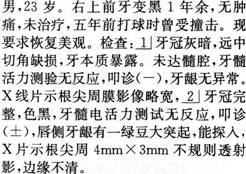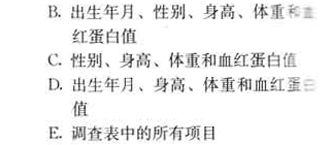共用题干
The Bilingual Brain When Karl Kim immigrated to the United States from Korea as a teenager,he had a hard time learning English.Now he speaks it fluently,and he had a unique opportunity to see how our brains adapt to a second language.As a graduate student,Kim worked in the lab of Joy Hirsch,a neuroscientist in New York.______(46)They found evidence that children and adults don't use the same parts of the brain when they learn a second language. The researchers used an instrument called an MRI(magnetic resonance imaging)scanner to study the brains of two groups of bilingual people.______(47)The other consisted of people who,like Kim, learned their second language later in life.People from both groups were placed inside the MRI scanner.This allowed Kim and Hirsch to see which parts of the brain were getting more blood and were more active.They asked people from both groups to think about what they had done the day before,first in one language and then the other.They couldn't speak out loud because any movement would disrupt the scanning. Kim and Hirsch looked specifically at two language centers in the brain-Broca's area,which is believed to control speech production,and Wernicke's area,which is thought to process meaning.Kim and Hirsch found that both groups of people used the same part of Wernicke's area no matter what language they were speaking. ______(48) People who learned a second language as children used the same region in Broca's area for both their first and second languages.People who learned a second language later in life used a different part of Broca's area for their second language.______(49)Hirsch believes that when language is first being programmed in young children,their brains may mix the sounds and structures of all languages in the same area.Once that programming is complete,the processing of a new language must be taken over by a different part of the brain. A second possibility is simply that we may acquire languages differently as children than we do as adults.Hirsch thinks that mothers teach a baby to speak by using different methods involving touch'sound, and sight.______(50)
______(46)
A:But their use of Broca's area was different.
B:One group consisted of those who had learned a second language as children.
C:How does Hirsch explain this difference?
D:We use special parts of the brain for language learning.
E:And that is very different from learning a language in a high school or college class.
F:Their work led to an important discovery.


 正确的诊断是
正确的诊断是 查看材料
查看材料

